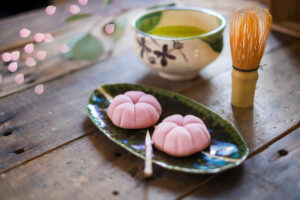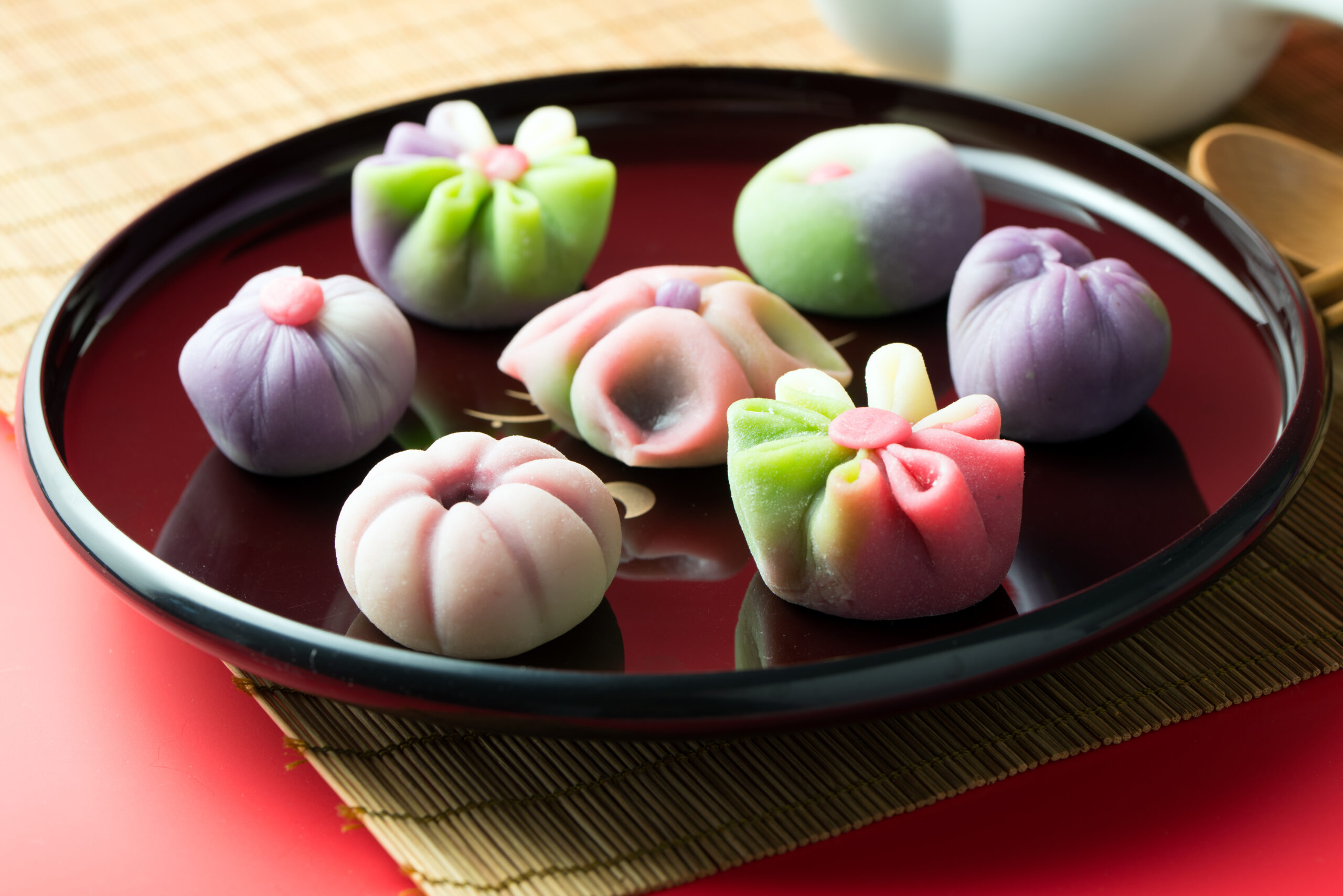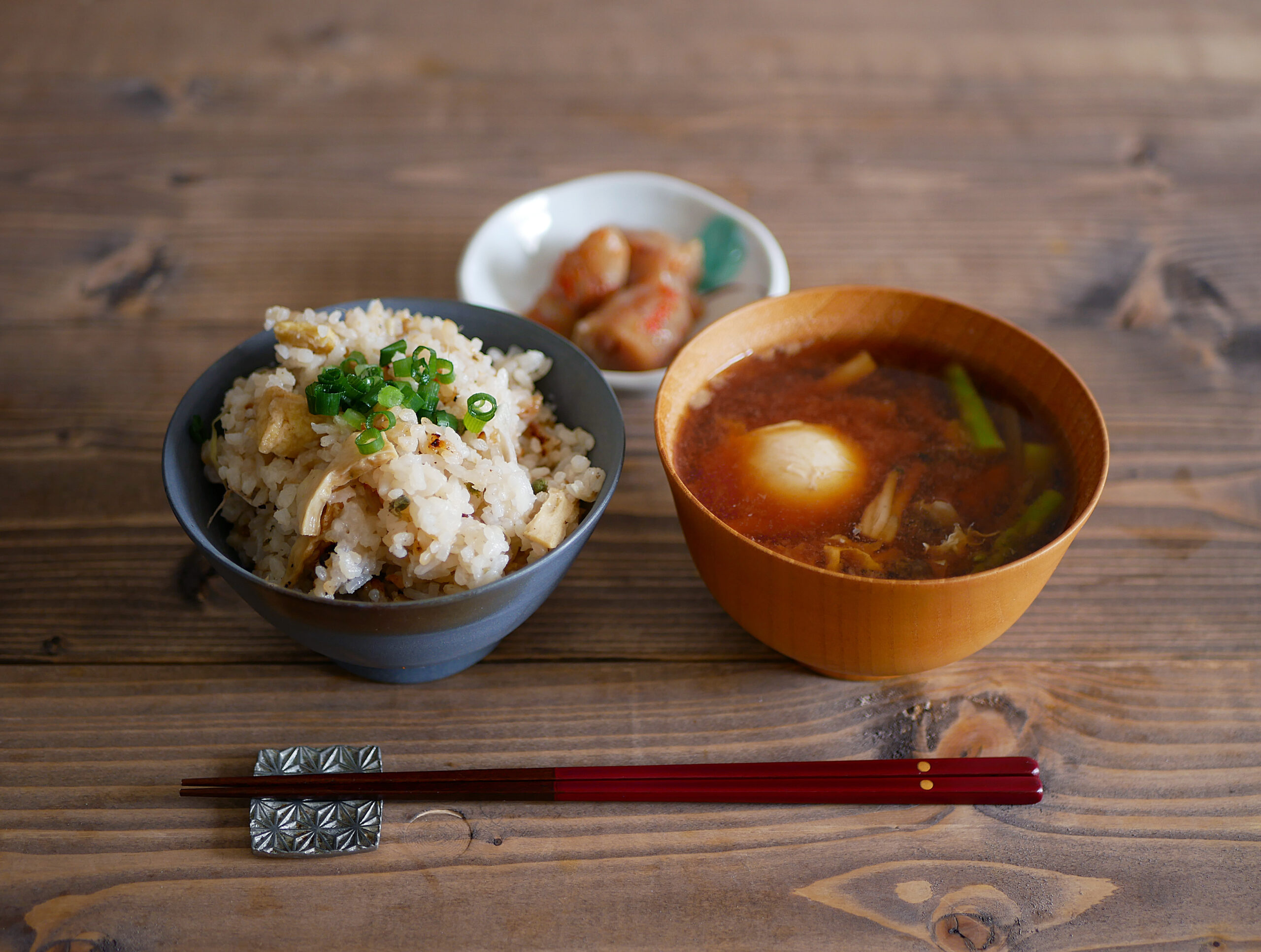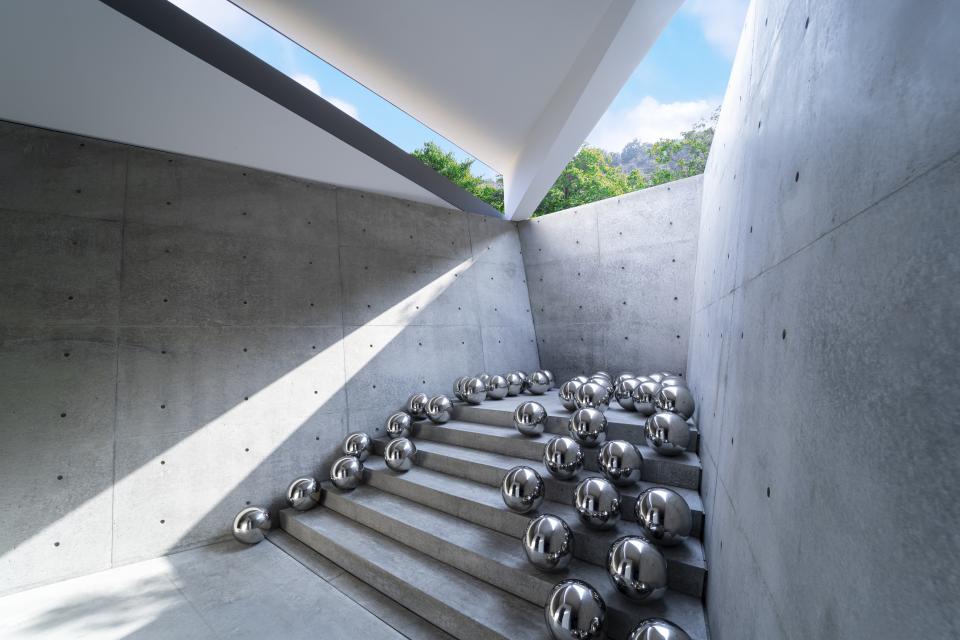An Invitation to Harmony and Presence
In the fast pace of modern life, there are few moments when time truly seems to pause. One of those rare experiences awaits you in Japan: the tea ceremony — known as sadō or chadō (茶道) — a centuries-old tradition that is not just about preparing or drinking tea, but about creating a space of harmony, respect, purity, and inner peace.
Sadō or Chadō (茶道)
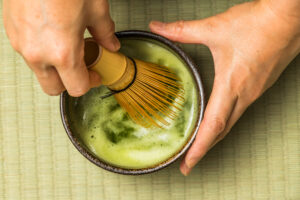
In Japanese, sadō and chadō mean the same: “the way of tea.” Both refer to the traditional tea ceremony.
Sometimes there’s confusion around the term “sadō” due to unrelated meanings in other languages — but in the Japanese context, rest assured: sadō = chadō, and both are deeply rooted in Zen philosophy and aesthetics.
What Is Chadō?
It is much more than serving tea. Chadō is a refined cultural art, influenced by Zen Buddhism, that aims to cultivate mindfulness and spiritual awareness. It’s performed in a designated space (chashitsu, or tea room) and follows a precise, meditative ritual.
Key Elements
- Special utensils: tea bowl (chawan), bamboo scoop (chashaku), whisk (chasen), among others.
- Matcha tea: A vibrant, high-quality powdered green tea.
- Wabi-sabi aesthetics: Finding beauty in simplicity, rustic details, and imperfection.
- Mindful etiquette: Every step — from how you walk to how you bow — is intentional and respectful.
Tea Schools in Japan
There are different schools of tea ceremony, each with its unique style, movements, and emphasis — yet all honor the same essence:
- Urasenke
- Omotesenke
- Mushanokōjisenke
A Full-Sensory Experience
From the moment you step into a traditional tea room — perhaps inside a Zen garden, a ryokan inn, or a temple — you’re surrounded by serenity. Minimalist architecture, the soft sound of boiling water, the scent of tatami mats, and the whisper of wind through bamboo set the tone for a calm and immersive experience.
The ceremony is led by a host or tea master, often wearing a kimono, who performs each gesture with choreographic precision. Every action — from cleaning the utensils to presenting the tea bowl — carries deep meaning. It’s a practice that encourages full presence.
Matcha: The Green Star
The heart of the ceremony is matcha, a rich, foamy powdered green tea. Its flavor might seem intense at first, but soon becomes soothing and grounding. Before the tea, a traditional sweet (wagashi) is usually served to balance the matcha’s slight bitterness.
Even the way you hold, turn, and sip from the tea bowl matters — it’s not just about drinking, but about contemplating, appreciating, and connecting.
Philosophy in Every Sip
The tea ceremony is infused with Zen values:
- Wa (和) – Harmony
- Kei (敬) – Respect
- Sei (清) – Purity
- Jaku (寂) – Tranquility
It’s an invitation to slow down, to reflect, and to reconnect with what truly matters.
Where to Experience It
- Kyoto – In historic districts like Gion or Higashiyama, you’ll find traditional tea houses offering guided tea experiences (often with English explanations).
- Kanazawa – Known for its samurai heritage, it also hosts public tea schools.
- Tokyo – Cultural spots like the Nezu Museum or Hamarikyu Gardens offer short, accessible tea ceremonies for visitors.
Travel Tip for Brazilians Visiting Japan
You don’t need to speak Japanese or be familiar with tea etiquette. What truly matters is your attitude: be open, respectful, and present. Sit down, take a deep breath, observe… and allow the moment to unfold.
Discovering Japan also means discovering its soul — and few experiences reveal it as beautifully as a tea ceremony.
Let your travelers include this cultural treasure in their journey and come home with more than just memories: with serenity, balance, and renewed perspective.
